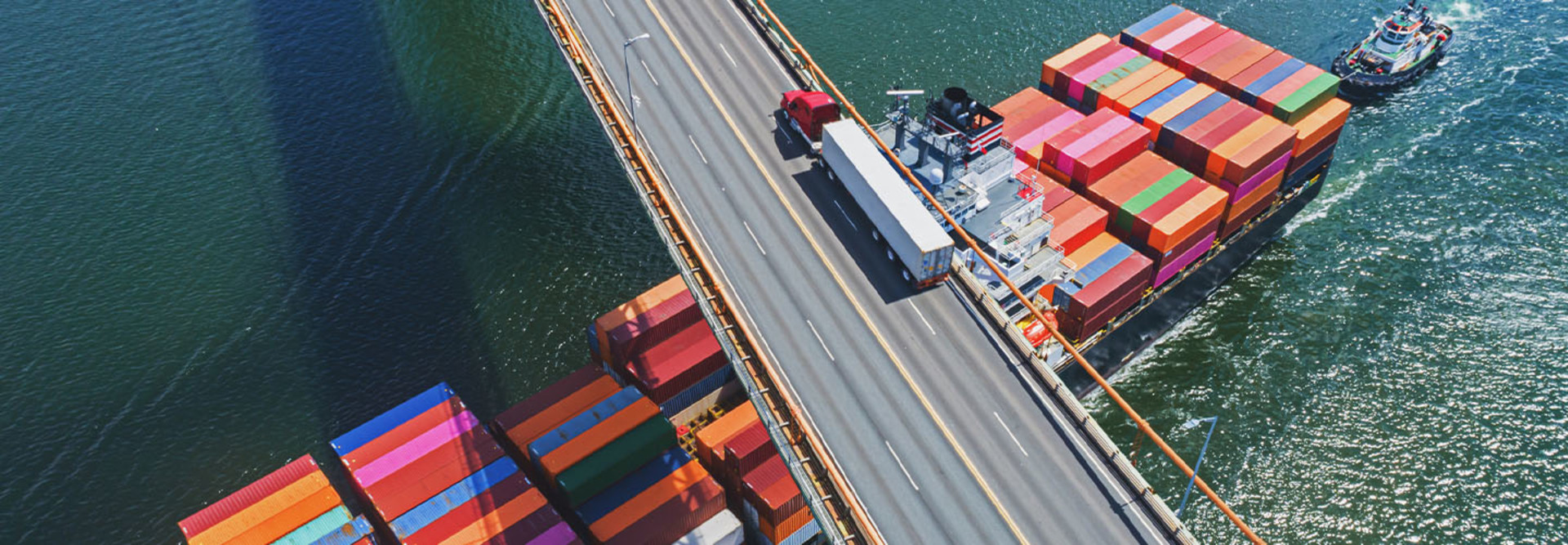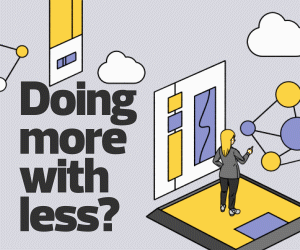Strong leadership support and cross-functional collaboration — between IT, security, procurement, logistics and business teams — can transform challenges into opportunities. The outcome will be an agile and resilient supply chain supported by security-focused and scalable systems tailored to your agency’s needs. This requires moving away from quick fixes to making a dedicated, organizationwide commitment to enabling supply chain excellence through people and technology.
This desired end state will provide direction for the features, data integration and workflow support needed from supply chain technologies and tools. Adopting this outside-in, objective view of supply chain maturity will allow your agency to make strategic investments. The solutions you implement will be driven by the priorities of establishing enterprisewide excellence in supply chain management.
LEARN MORE: How data literacy in government is enhancing data-driven decisions.
Get Busy to Build a Strong Supply Chain Strategy
- Define what supply chain management means for your agency. Is it a critical component of your business objectives or is it just another cog in the wheel that does not represent significant risk?
- Transition to a holistic perspective on supply chain management. Break down existing siloes within your agency, and align stakeholders with what an effective supply chain would mean for your operations. Rather than jumping to solutions, first assess current supply chain practices across procurement, logistics, IT and finance departments. Doing so will uncover strengths to leverage as well as gaps to be addressed. With a data-driven understanding of your current state, you can then define the ideal future-state capabilities based on input from senior leadership, process owners and partners.
- Seek to improve your supply chain capabilities. Industry best practices (SCOR, CSCMP, ISO 2800, CSAF) can serve as a foundation and provide guidance on the core processes and technologies needed for a robust supply chain. Assess the unique strengths and strategic priorities that differentiate your environment to understand where you need to exceed standard practices. Your evaluation should analyze the level of technological maturity within each area of the supply chain, both in terms of current systems and emerging innovations. This technology landscape mapping will uncover gaps you need to address as well as opportunities to leverage advanced solutions for greater efficiency, insights, and value creation.
- Build a supply chain that delivers operational and business objectives. You can achieve this by adopting supply chain standards of excellence and selectively applying advances tailored to your strategy. Technology should be an enabler, not an end goal. Working cross-functionally, you can continuously assess and tune your supply chain capabilities for maximum value.
Once your agency has bought into a targeted roadmap, you can transform its supply chain from an operational challenge to a competitive advantage. Supply chain management will be positioned as a value creator, armed with the tools, technologies and cross-functional backing needed to achieve the agency’s goals.
This article is part of StateTech’s CITizen blog series. Please join the discussion on Twitter by using the #StateLocalIT hashtag.












